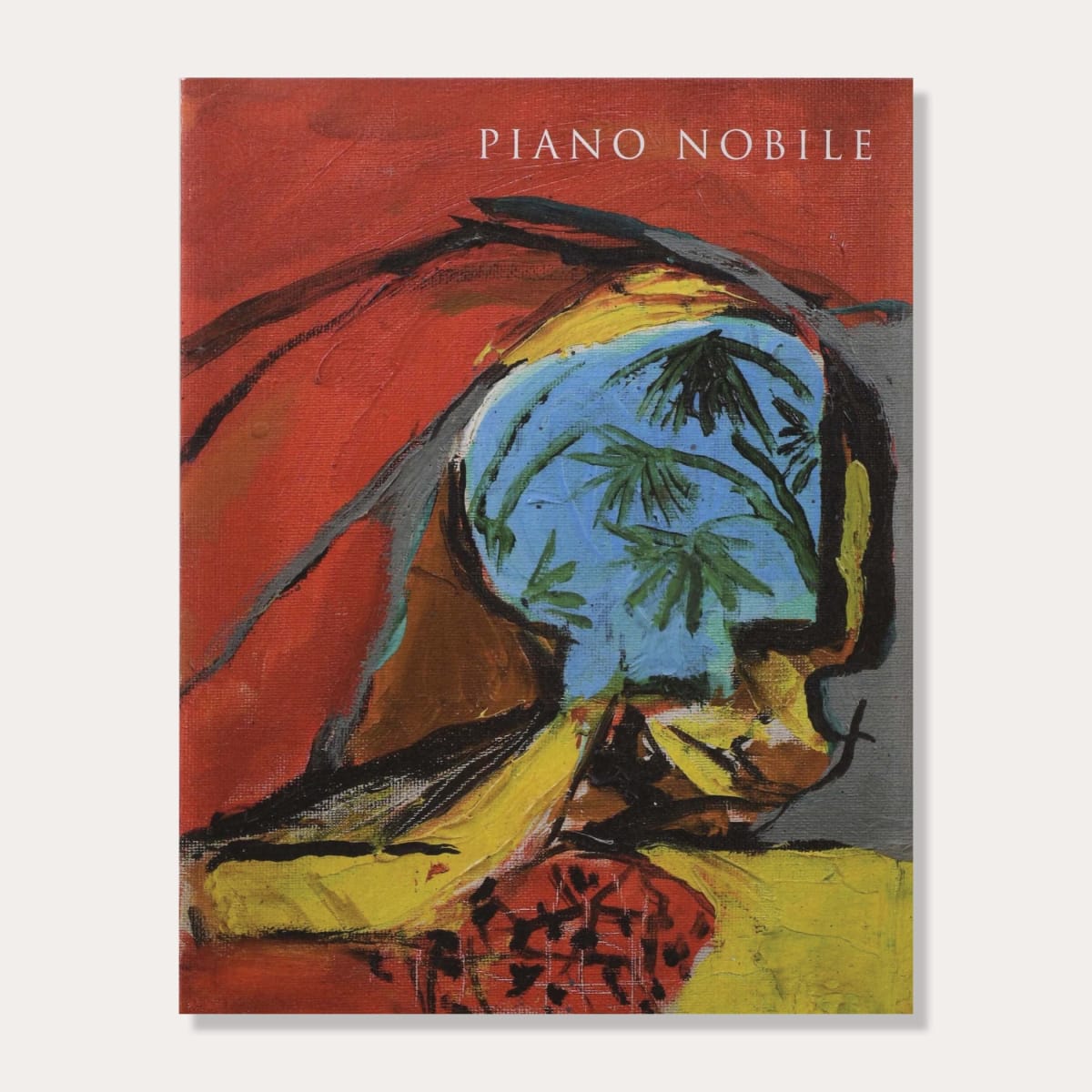Ivon Hitchens
The gallery regularly handles, acquires and advises on works by Ivon Hitchens. For more information or the availability of work, please contact the gallery.
Ivon Hitchens (1893 - 1979)
Ivon Hitchens was the son of the painter Alfred Hitchens. From 1911 to 1918 he studied at St John's Wood School of Art and at the Royal Academy, London. He was a member of the 7&5 Society from 1922 to 1925, and joined the London Group in 1931. In 1940 he settled near Petworth in West Sussex.
Hitchens is considered to be one of the most important British painters of his generation. There are two aspects to his work, one consisting of traditional figurative painting and the other his abstract style. His early paintings of the 1920s, dating from a period when he was influenced by Henri Matisse, are mostly of interiors in which the handling of space is the dominant concern. Just before 1935, and influenced by Ben Nicholson, he turned to still-life painting; his increasingly structural approach to this genre brought him to the edge of abstraction. Soon afterwards, Wassily Kandinsky's theories on abstraction and on the relationship between painting and music led Hitchens even further towards abstraction. From that time - around 1937 - he adopted the long, horizontal format that typifies his later work.
After moving to Sussex, Hitchens produced many series of landscapes in this format, repeatedly returning to each subject just as Claude Monet had done in his Haystacks series. In these landscapes, Hitchens reconciled his objective approach to painting with the principles of pure abstraction and with the expression of sensations that inspired him to paint these scenes, in which light melds together vegetation, water and sky. The paintings from this period have a lyrical abstraction in which emotional content, rather than the subject matter itself, is the defining factor. He executed these paintings with wide, mostly lateral brushstrokes, using bright, fluid colours on a white background, which is translucent with a few patches of impasto.
At the same time as his abstract paintings, Hitchens also painted classic subjects and created compositions with figures, particularly in the murals he made for the British Society of Popular Dance and Song in London, in 1954, and for Sussex University, near Brighton, in 1960. Having absorbed several influences, he broke away from conventional landscape painting, but perpetuated the tradition of British landscape painting, just as Constable and Turner had done before him.
Text Source: Benezit Dictionary of Artists
-

Modern British Masters (III)
Selected Highlights 29 May - 20 Jun 2018 Piano NobileContinuing a series of exhibitions on the theme, Piano Nobile presented a display of Modern British Masters. Stretching from the birth of modern art at the beginning of the twentieth...Read more -

20th Century British Art
Developments in Modern British Art 20 Jun - 20 Jul 2013 Piano Nobile20th Century: Modern British Art - Developments in Modern British ArtRead more
Piano Nobile Gallery
Summer show with selected works following the developments in 20th Century British Art










